Building a house requires selecting an appropriate building material. There are different types of material available on the market, so which one should you choose? LECA, which stands for lightweight expanded clay aggregate, is slowly growing in popularity as a material for building houses. So what makes it a good material? Read our article and find out.
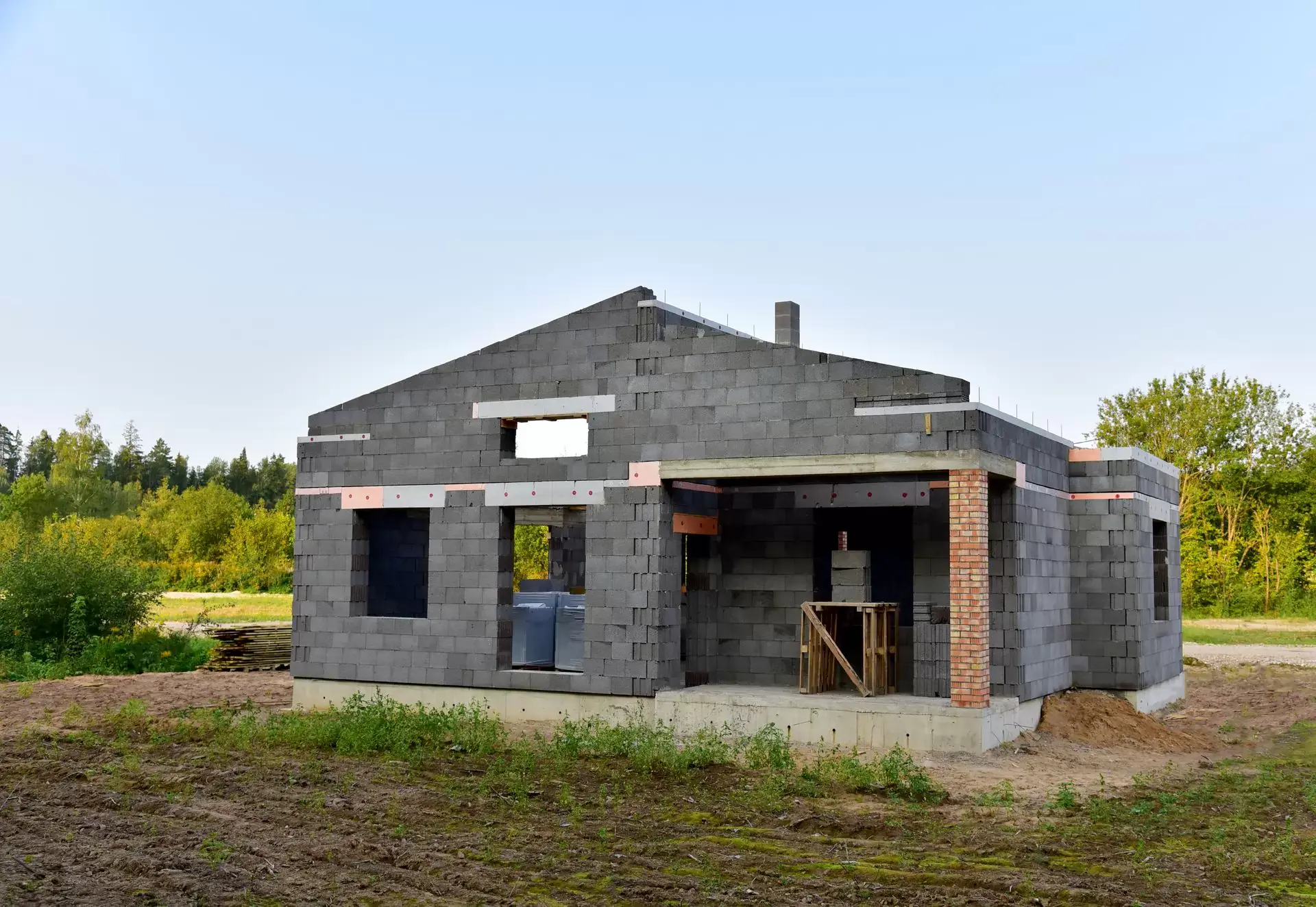
Building a house requires selecting an appropriate building material. There are different types of material available on the market, so which one should you choose? LECA, which stands for lightweight expanded clay aggregate, is slowly growing in popularity as a material for building houses. So what makes it a good material? Read our article and find out.
- How can you build a house using LECA?
- How is expanded clay used in construction?
- Features of expanded clay houses. What are the advantages?
- Pros and cons of expanded clay houses
- Building a house using expanded clay aggregate, step by step
- How long does it take to build a house using LECA?
- Necessary tools for building house using expanded clay aggregate
- Building a house using lightweight expanded clay aggregate – summary
How can you build a house using LECA?
Before we move on to the different uses of expanded clay in construction, let’s first have a look at what this material actually is. The clay is dried, heated and burned in rotary kilns at around 1150°C. The final product has a uniform pore structure with an almost potato or round shape due to the circular movement of the kiln, forming an aggregate that is distinguished by its low weight and excellent thermal and acoustic insulation properties. Expanded clay is water resistant, because it quickly releases moisture. It is also resistant to fungi, mould and harmful insects and rodents.
How is expanded clay used in construction?
The above-mentioned features make expanded clay a popular material in the construction industry. A concrete mix is usually added to it, which gives it the form of an expanded clay aggregate. It is made of building materials such as:
- hollow blocks,
- blocks,
- insulated blocks,
- fittings etc.
The aggregate itself is also used for thermal insulation of floors close to the ground, drainage, basement walls and ceilings. Due to its high resistance, expanded clay can be used many times. It’s insulating properties are ideal for building a passive or energy-efficient house.
Features of expanded clay houses. What are the advantages?
Houses made of lightweight expanded clay aggregate or expanded clay concrete differ from those made of bricks or concrete blocks. This are mainly due to the basic features of the material used.
First of all, it is worth mentioning that expanded clay houses can be even several tonnes lighter! This is due to the low weight of this material, which consists of small hollow granules. However, is this aspect important? The answer is yes! And even more so when it comes to the foundations. The foundations are responsible for distributing the weight of the building in the ground, so in case of very heavy houses they need to be reinforced. Due to the fact that LECA houses are much lighter, the foundations will not require the use of reinforcing bars.
Another feature of such buildings worth mentioning is their enhanced thermal insulation. They do not cool down so quickly, and with a properly selected thermal insulation layer you can significantly reduce the costs of energy consumption. While on the topic of insulation, LECA walls are great for soundproofing, which applies to both external and partition walls, making them a good solution for people who appreciate some peace and quiet.
Pros and cons of expanded clay houses
The appearance of LECA on the construction market brought about new opportunities. The material is growing in popularity, although there are still many people who strongly feel that traditional methods are better.
Advantages of expanded clay houses
As already mentioned, houses built using expanded clay aggregate and expanded clay concrete have excellent thermal insulation. They maintain the internal temperature for a longer time than traditional masonry houses. This can be further enhanced by using appropriate insulation, e.g. in the form of graphite polystyrene. Such insulation means that in winter there is no need for such intensive heating using radiators, therefore lowering your energy bills.
We also mentioned the relatively low weight of materials made of expanded clay. In addition to the fact that the house itself is much lighter, it is also quicker to build, and also requires less effort. The whole process is therefore easier and more efficient. In addition, the low weight of the materials means not mortar and reinforcement bars are in lower demand, helping you lower the total construction cost. If you are looking for other useful tips, read our other article about how to cheaply build a house.
LECA structures are also resistant to most external factors, such as heat, frost, and even fire or moisture. The last feature is possible due to LECA’s water absorption properties, as a result of the porous surface of the aggregate. This prevents the development of mould and fungus on the walls, and additionally also reduces heating costs. It dries quickly so you will not need much heat from the house, resulting in lower energy usage.
Disadvantages of expanded clay houses
There are very few disadvantages when it comes to building a house made from expanded clay aggregate. Specialist usually agree that it has very good properties for such use. However, not everyone is familiar with using this material, so there are still not many construction companies on the market that offer the use of expanded clay for building a house. But with growing interest, this will probably change over time. If you want to offer such services, you should prepare yourself on the topic. Read our article on how to start a construction company and discover some useful tips for running your own business.
Building a house using expanded clay aggregate, step by step
Building a LECA house is similar to building a house using more traditional methods. There are certain stages that you will need to remember.
You will need to start of by choosing a design plan of your future house. You can use ready-made plans or have one tailor-made for you by an architect. The latter option will be more expensive, but it allow you to build a house using LECA in line with your expectations. Preparation work also includes land surveying, which is performed by certified surveyors. Once you have chosen the design plan and made the necessary measurements, you can apply for planning permission.
The next stage is groundbreaking, which includes marking out the location of the building and carrying out earthworks, which in this case is mainly removing the topsoil and digging the foundations. The next step is pouring the foundations. Once dry, they should be properly insulated.
Framing is the next stage of building a house using LECA, which is mainly erecting the walls. Depending on the type of building, this is either done from scratch or using prefabricated elements, previously assembled in factories. Following the walls, the chimney, roof structure and ceilings are assembled.
The next stage is fitting the windows, doors and mechanicals, as well as finishing off the roof. Inside the house, the partition walls are set up and electricity, gas and water are installed. Once all this is done, it should be checked and approved up by a certified installer.
The last stage of the construction of a LECA house includes all finishing works. These include plastering the walls, laying the floors, tiling, painting and applying wallpaper, as well as installing the fixtures in the bathrooms. Lighting, electrical sockets and radiators are also installed at this stage. After the above scope of works is completed, the house is ready to move in.
How long does it take to build a house using LECA?
As already mentioned, the time needed to build a LECA house is shorter than in the case of traditional masonry methods. Using expanded clay aggregate or concrete, you should count up to 2 years.
However, there are faster ways. One of them is building a house from prefabricated components. To put it simply, these are ready-made walls and roof elements fitted together to form a building. They are also already prepared for electrical, heating and plumbing installations, and sometimes even do not require plastering. Everything is prepared by the manufacturer and delivered straight to the building site. The construction time of a house built fully from prefabricated elements is up to 3 months.
You will need to hire a crane to put up the walls on the foundations, so it is worth bearing this in mind at the land preparation stage. The crane operator will need the right conditions to work freely in order to avoid mistakes. When building a house out of prefabricated expanded clay elements, precision is extremely important.
Necessary tools for building house using expanded clay aggregate
When deciding on this type of building method, many people use the services of professional contractors who have their own equipment. However, there is nothing to stop you from building such a house yourself, or at least doing some of the work. But to do so you will need the right tools.
To perform earthworks and digging the foundation, you will need an excavator bulldozer, while for smaller holes you can use a standard shovel. A large-capacity cement mixer will be extremely helpful in obtaining the concrete mix for the foundations. When the concrete sets and you can cover the foundations with soil, the earth will need to be properly compacted. To do so, use a soil compactor or vibrating plate.
In the framing stage, all kinds of masonry tools will be necessary to apply the mortar and connect aggregate blocks or prefabricated elements. These are such tools as a trowel, a bricklayer hammer or an electric stirrer. At the next stage, when installing the windows and doors, a cross laser will come in handy to make sure everything is perfectly level.
For the finishing works you will need assemble many items. Power tools will be indispensable in this case, with a bare basic being such tools as drill drivers for fixing drywall panels. If you plan to use wooden elements in the finishing stage, then a jigsaw or circular saw will be needed to cut boards or sidings to the right length. When tiling the walls and floors, in turn, you will definitely need a tile cutter, allowing you to cut each tile to the right size without damaging them.
Building a house using lightweight expanded clay aggregate – summary
Houses built using LECA are slowly replacing traditional structures made of concrete blocks or bricks. More and more people are taking advantage of this option, for reasons such as the insulating properties of expanded clay and the low weight of the building material, which makes the building process much easier. In addition, the possibility of using prefabricated elements can significantly speed up the whole process from a 2-3 years to even a few months.
Do you want to find out more about other building methods? Read our article about building a timber frame house and learn about the construction stages and the advantages of this method.

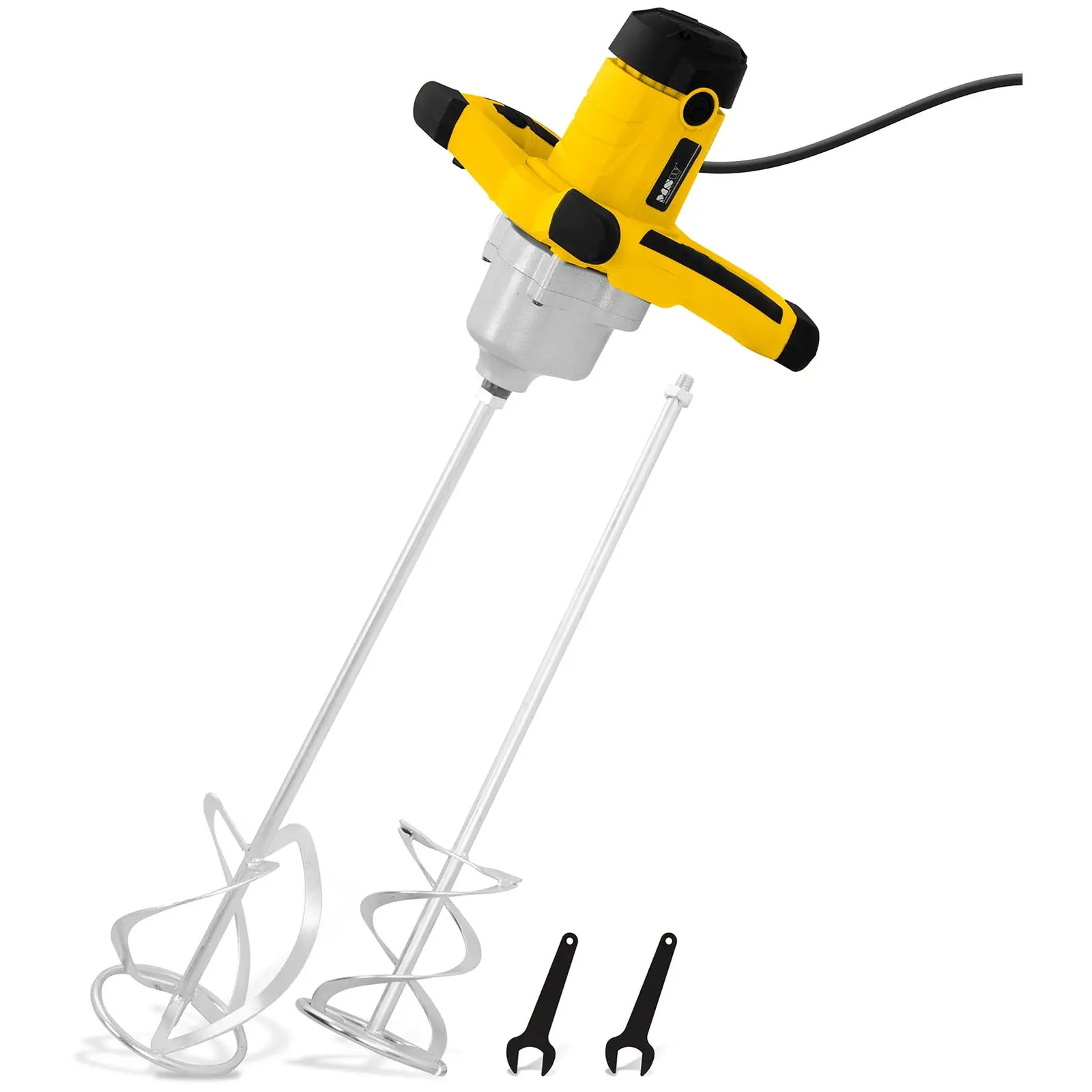

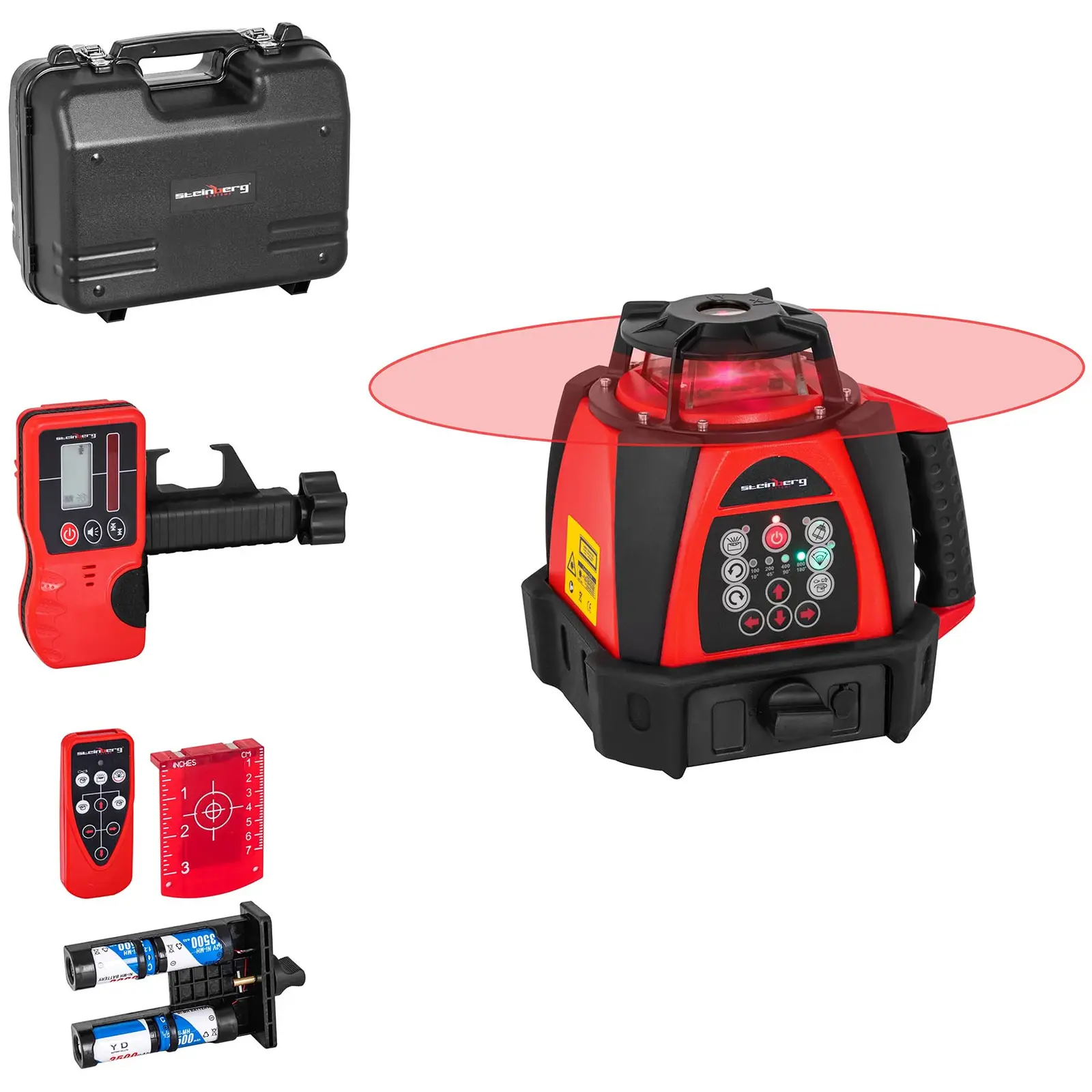
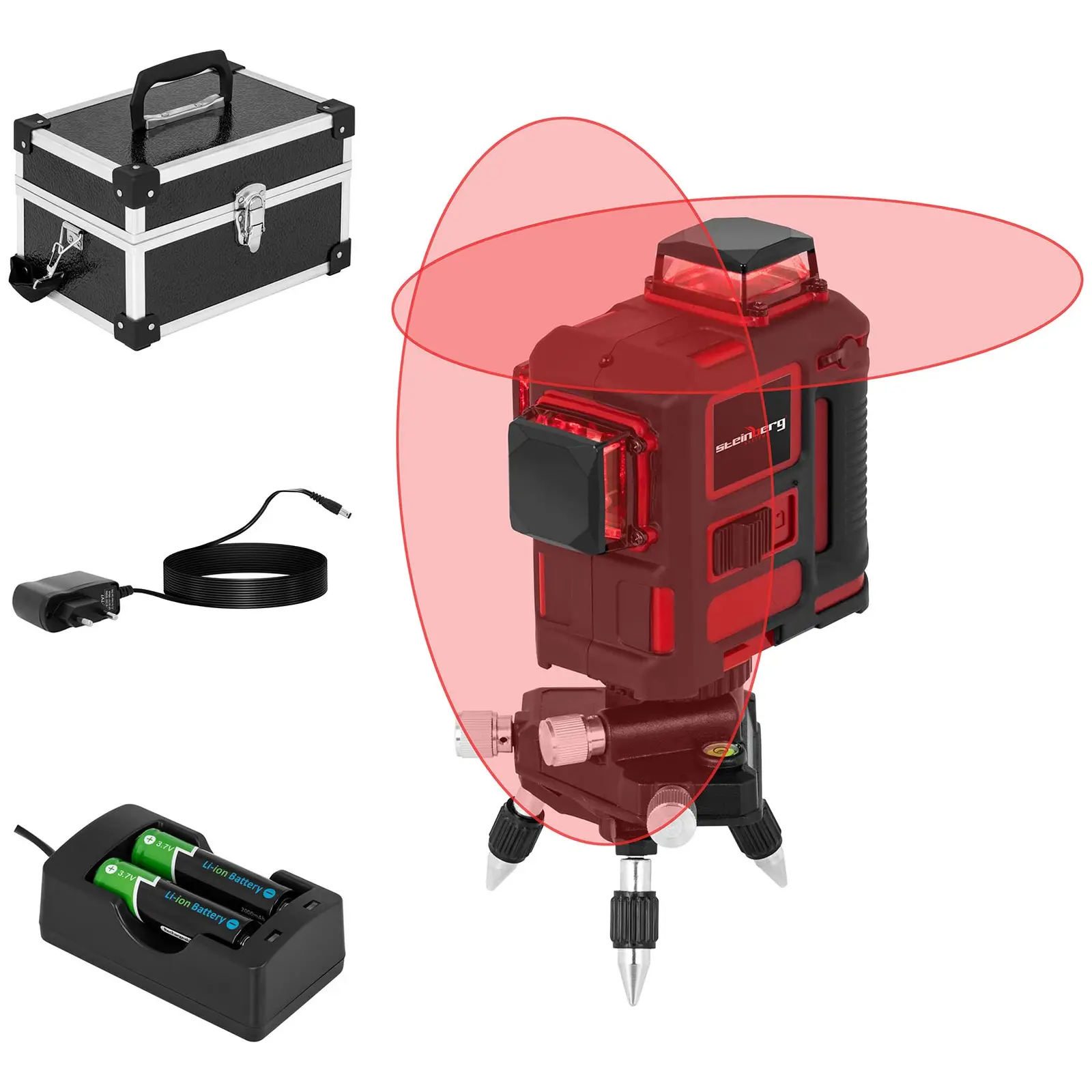
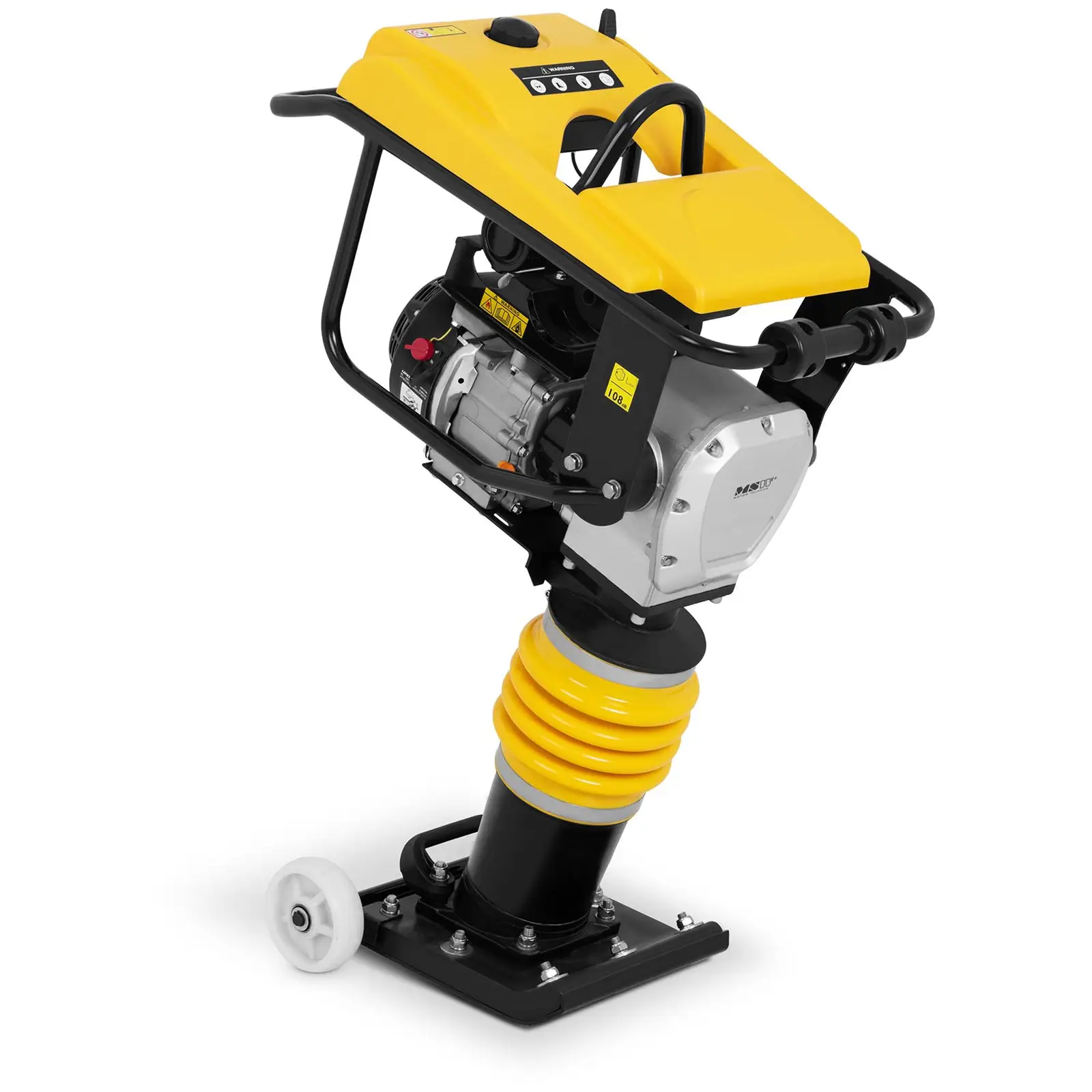
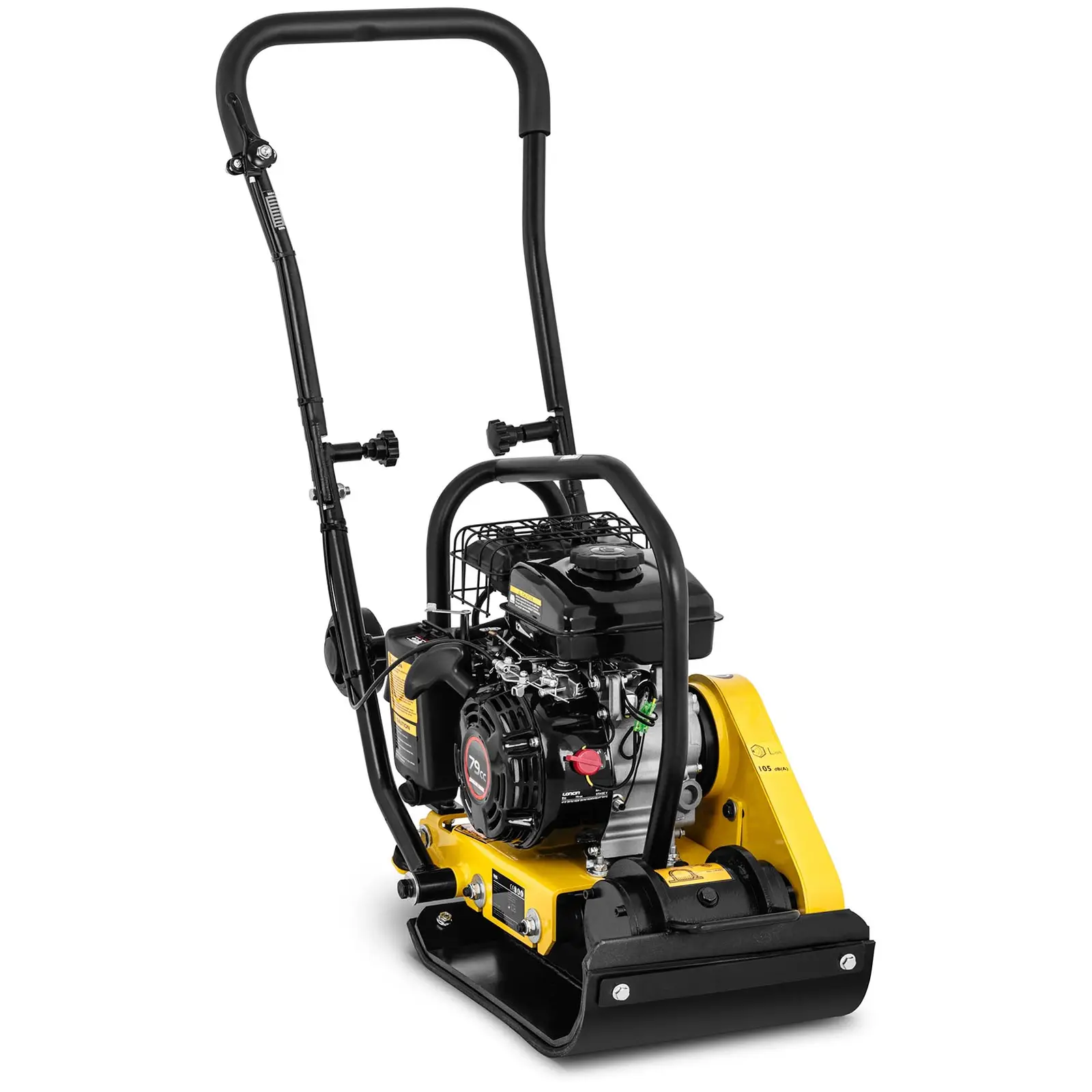
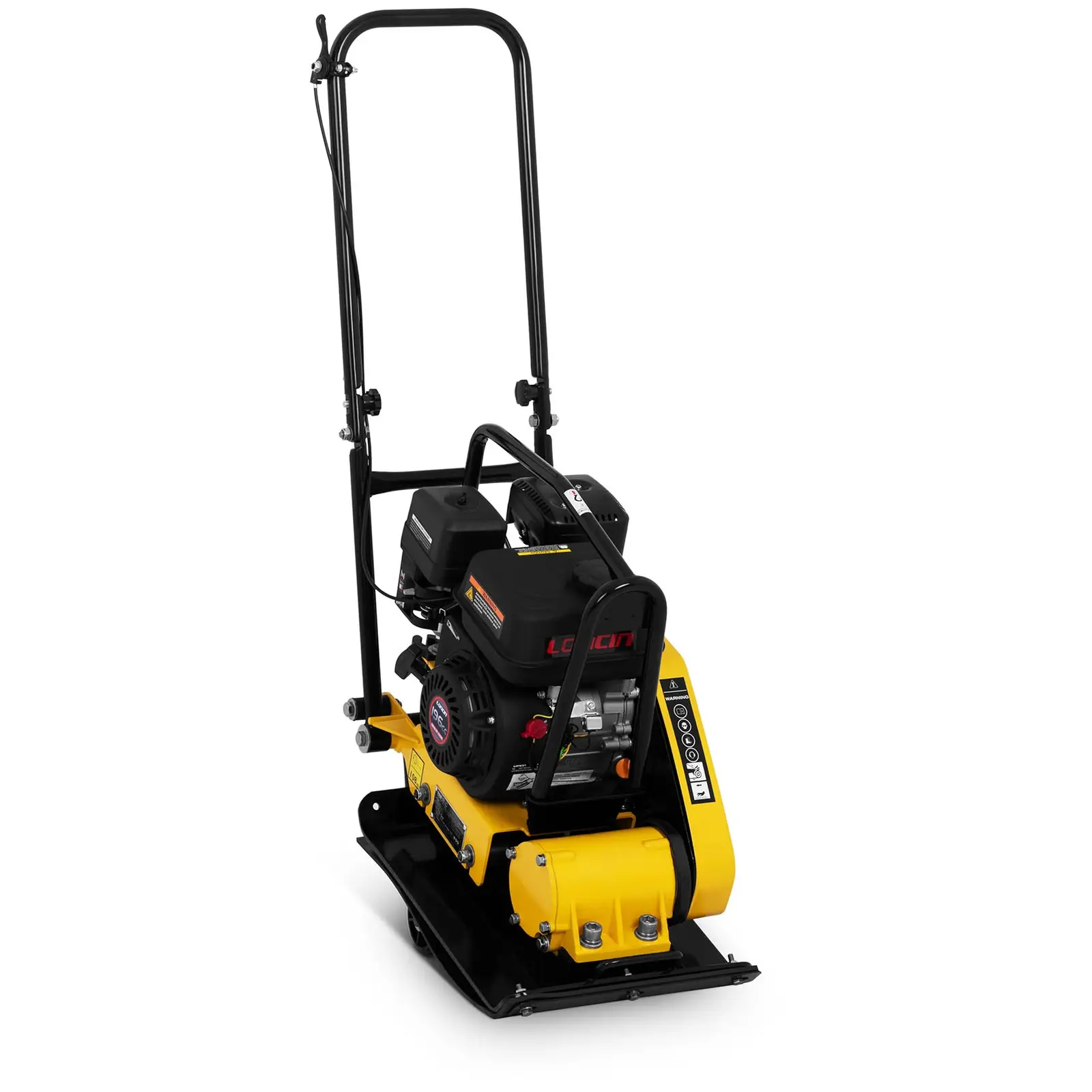
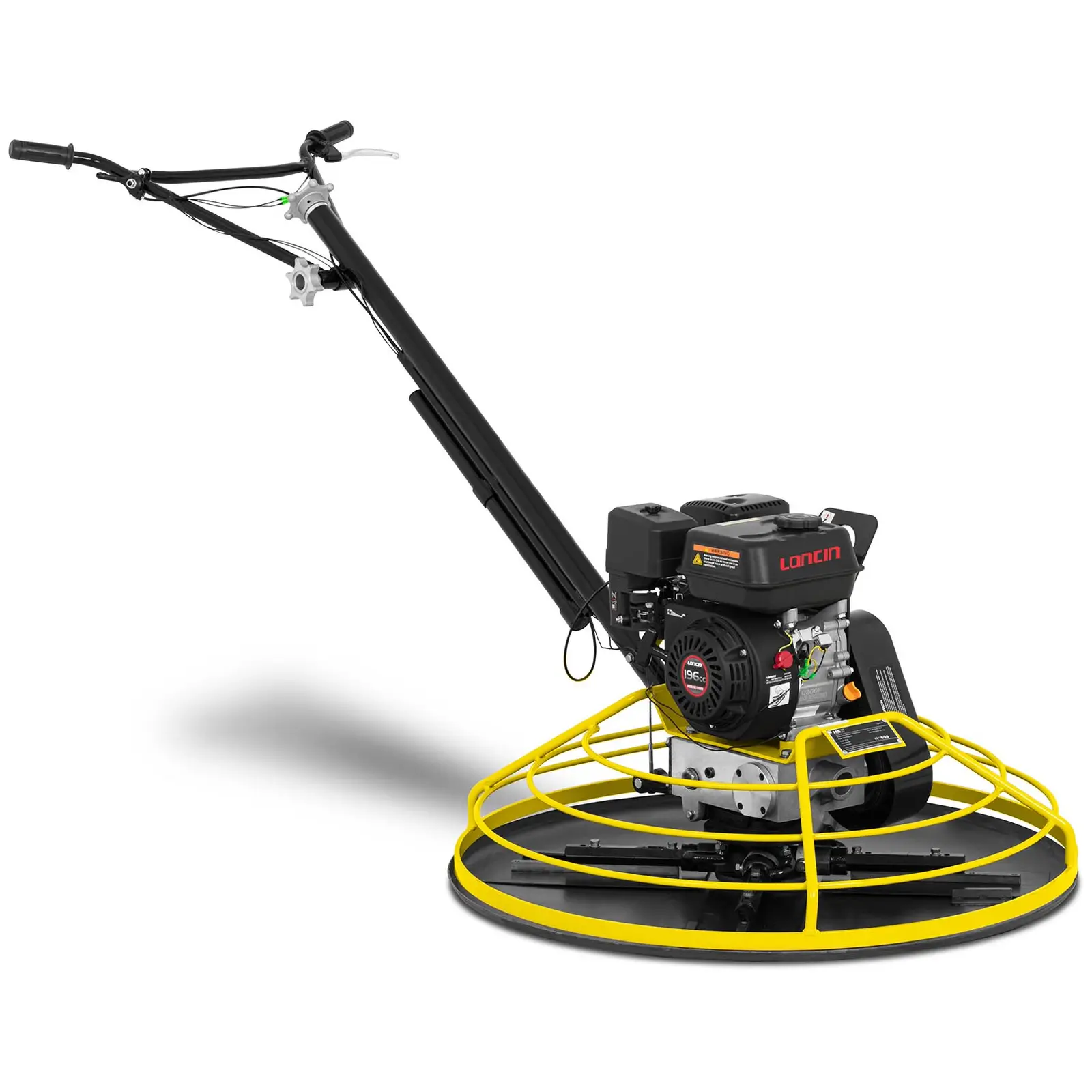
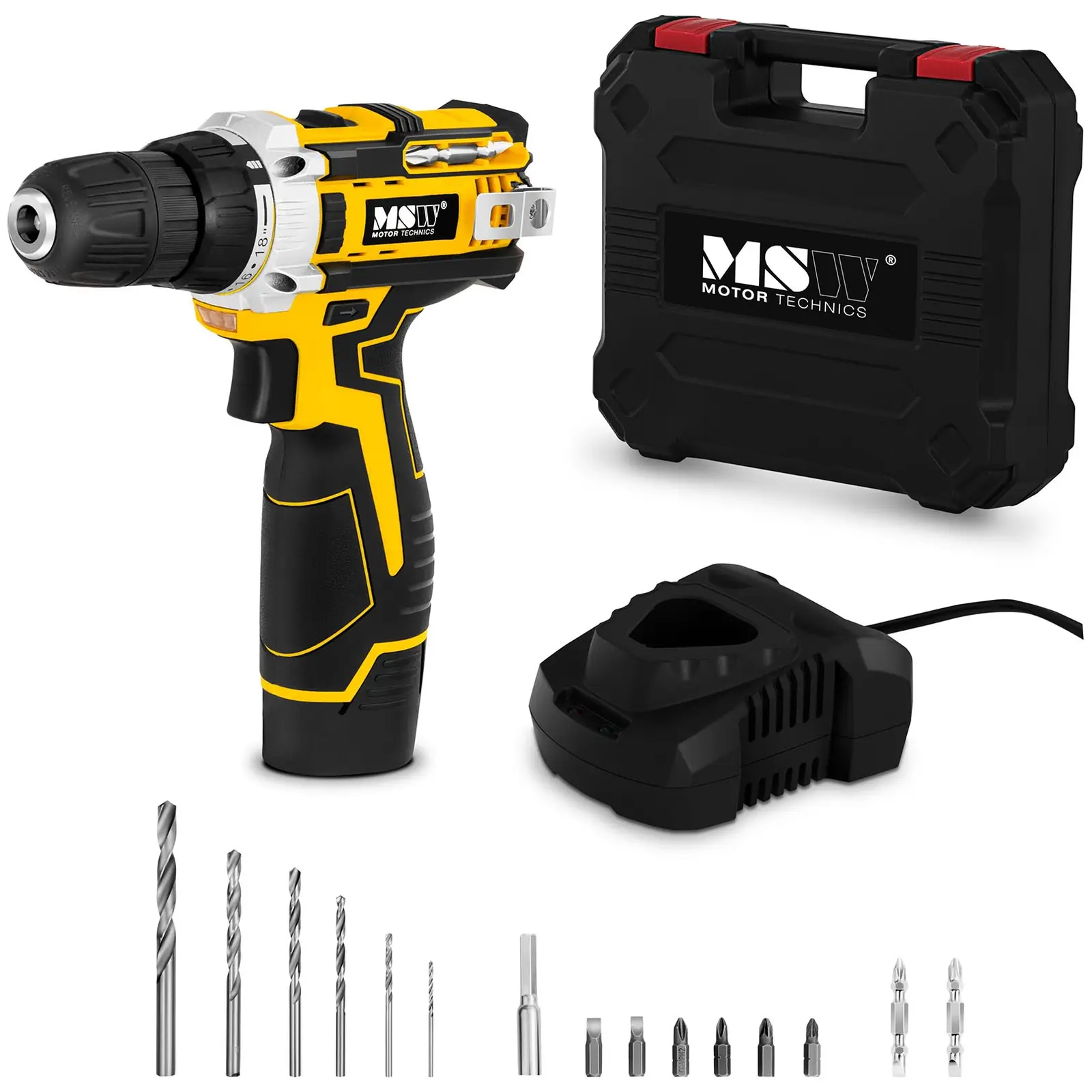
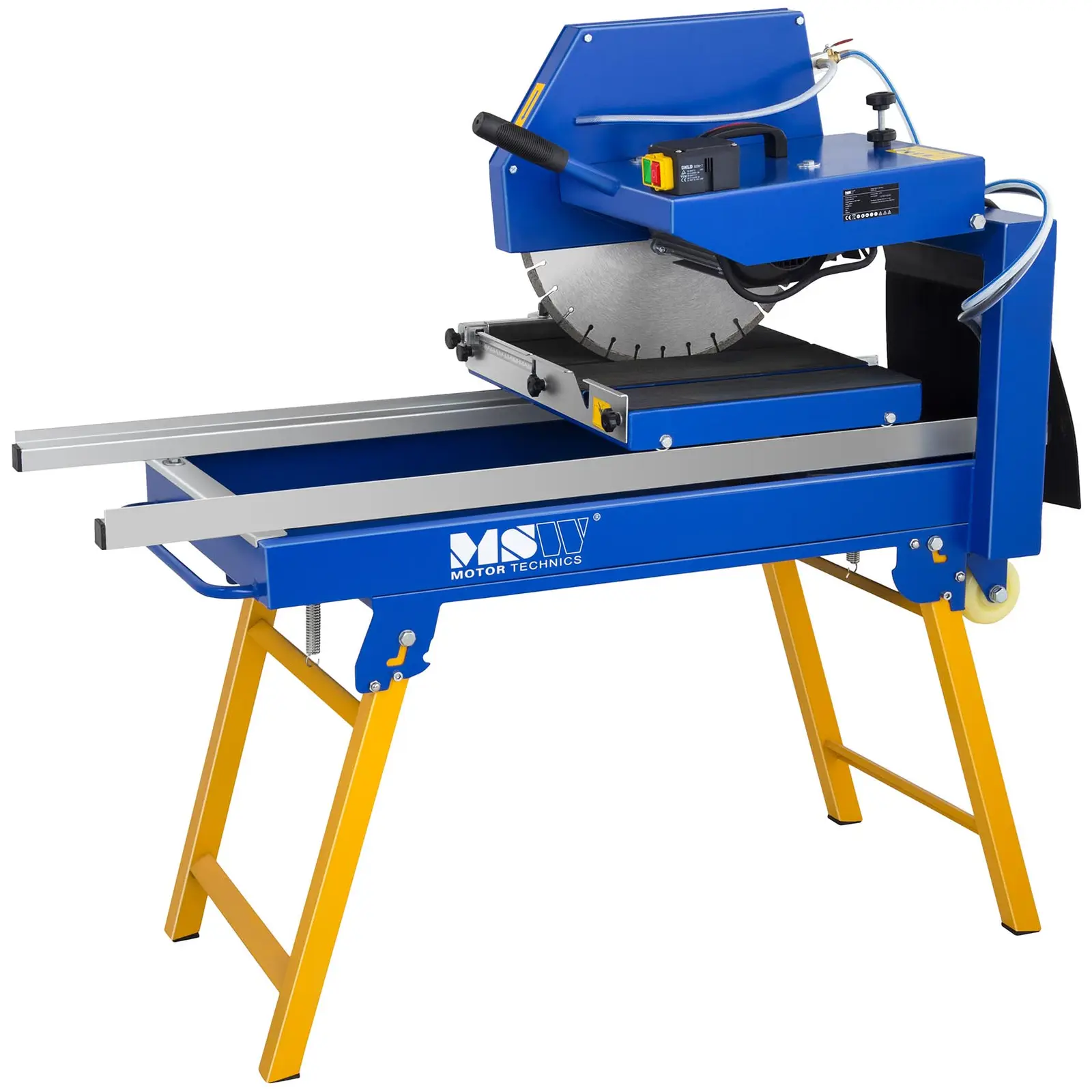
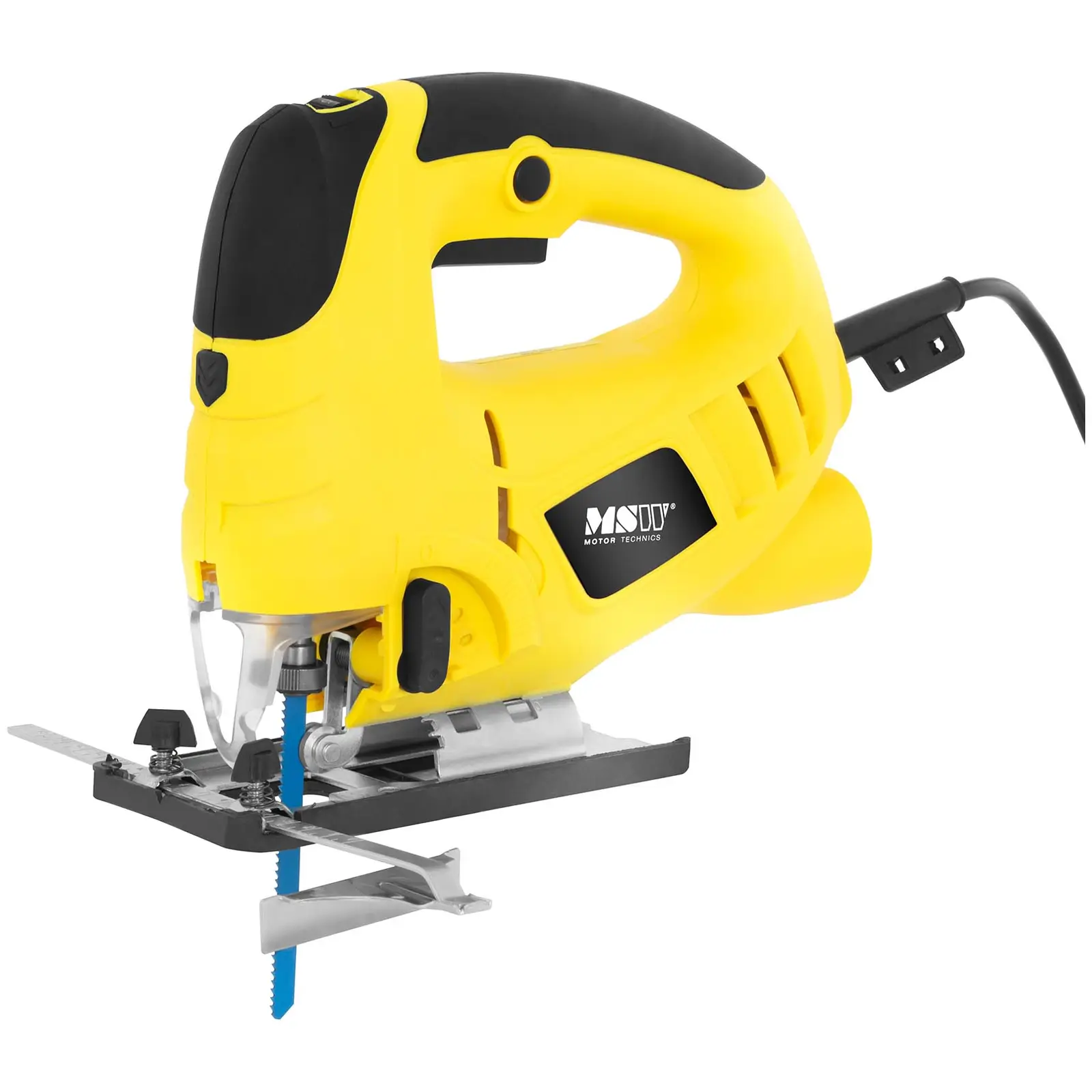
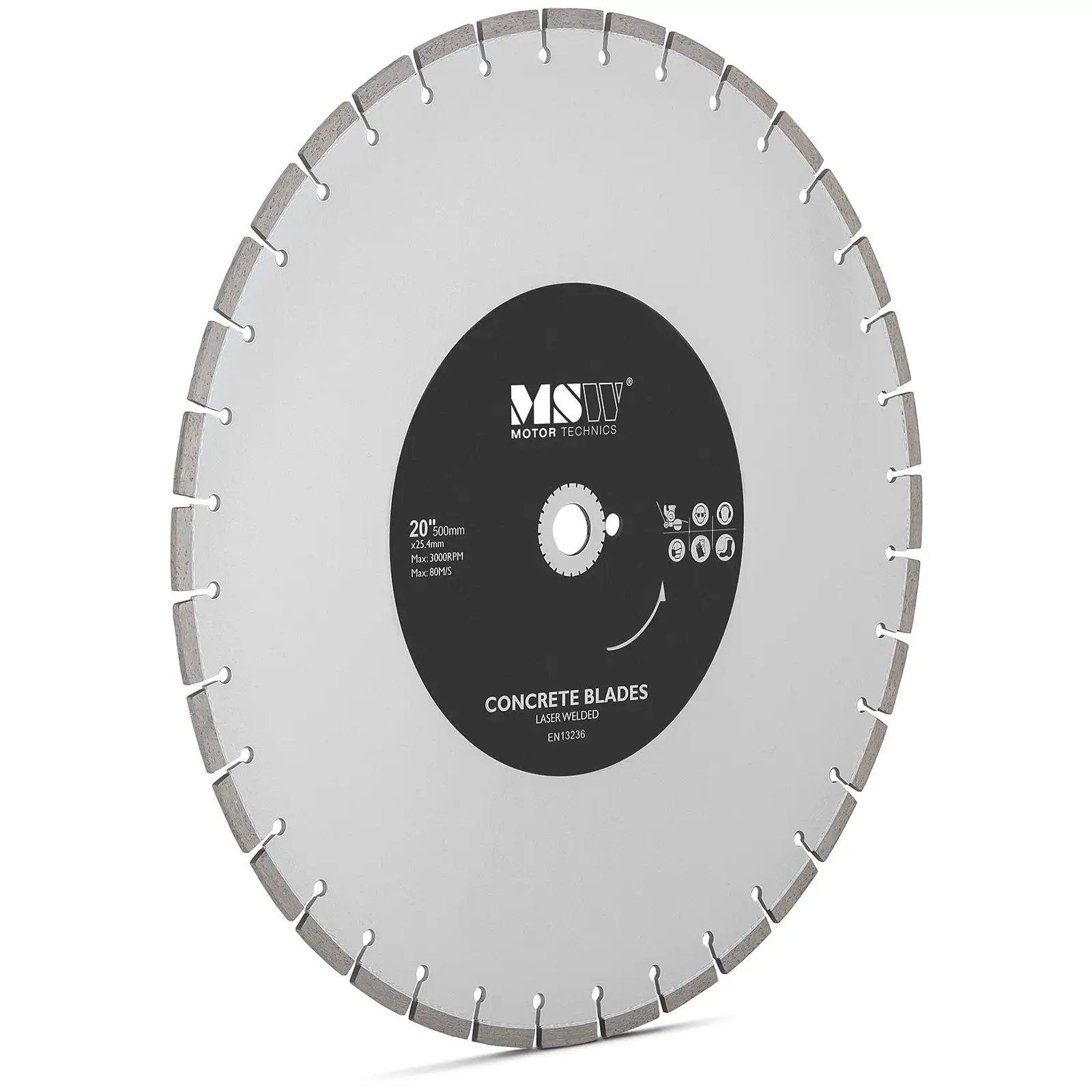
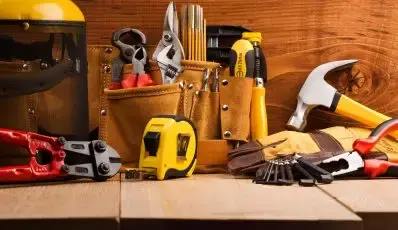



Share